The magnificent architecture, vibrant music scene, and dozens of famous landmarks in Spain make it one of the most visited countries in the world.
This article lists some of the top landmarks in Spain for every traveler’s bucket list. There is something for everyone to appreciate here, from famous Spanish buildings and world heritage sites to breathtaking landscapes.
Everyone knows that Spain boasts the best of the best football league, and no one can deny the mouth-watering appeal of the Spanish Tapas. But there is so much more to this country than fancy footwork and tasty cuisine.
With a rich history and diverse culture, there is no short supply of iconic Spanish landmarks. Spain lures tourists annually with museums, football stadiums, and architecture reminiscent of the days when this country was called the ‘Kingdom of Spain.’
Once you’ve read through the post, the next time you find yourself in one of the many beautiful cities in Spain, you’ll know just where to go to see the most iconic landmarks of this lively country.
1) Basílica La Sagrada Familia, Barcelona
First on the list is one of the most famous buildings in Spain, the La Sagrada Familia. This Roman Catholic Church is the unfinished brainchild of the famed Catalan architect Antoni Gaudí. Today, the Basilica is one of Gaudi’s most famous works and attracts millions of visitors every year.
While Gaudi was not involved in the project when construction began, he was eventually appointed director two years later and oversaw the project until his tragic death in 1929.
To this day, the church is not yet complete. Gaudi left a plethora of designs in his wake, and construction of the grandiose building continues still. Eventually, once complete, it is believed the La Sagrada Familia will be the tallest church in the world.
Architecture fanatics will have a field day inspecting this unique creation up close. The ornate design and grandiose features of the building are a refined example of the unorthodox style of Antoni Gaudí. Seamlessly blending elements of Art Nouveau, Catalan Modernism, and Spanish Late Gothic, Gaudi designed a majestic Spanish landmark.
Whether you’re religious or not, standing in the massive halls of this church will leave anyone feeling a little bit closer to the heavens.
2) Park Güell, Barcelona
The colorful city of Barcelona, Spain is home to a number of architectural gems. Park Güell is one of these marvels and boasts some of the most enchanting architecture in the area. The park was designed by the aforementioned architect Antoni Gaudí, who enjoyed stretching the rigidity often found in classic architecture and subsequently became the Father of Catalan Modernism.
Park Güell is a beautiful representation of the works of Gaudí. With urbanization in mind, Gaudí created an 18 Hectare community that was encircled and intertwined with nature. The architect and his family resided in a private residence within the park until UNESCO named it a World Heritage Site in 1984.
Park Güell is located on Carmel Hill, on the outskirts of Barcelona. The location alone adds to the serenity of this Spanish landmark and compliments the whimsical architecture. Upon your visit to Park Güell, you will be welcomed by the Hansel and Gretel houses – a tribute to the well-known fairy-tale. There are constructs of stunning mosaic-tiled work throughout the park in the form of flora and fauna, which was definitive of Gaudí’s work.
Apart from the Three Cross Hill and the roadways, most of the area of this famous Spain landmark is comprised of the Monumental Core. It houses the Hypostyle Hall, the Gaudí House Museum, and other phenomenal pieces of architecture. Most of the park is accessible for free to the public, but a small fee is charged if you want to enter the Monumental Core.
3) Alhambra, Granada
Spain is known for its mountainous terrain and has a history of constructing beautiful architectural works of art atop these summits. The Alhambra Palace is no exception to this unspoken rule. Located West of Granada, Spain, on the hill of al-Sabika, Alhambra was originally built as a strategic fortress with a view over the entire city of Grenada and was later turned into an Islamic palace for royals.
Alhambra translates from Arabic to ‘The Red One,’ symbolic of its crimson outer walls and its long history of being occupied by the Muslim state. Over the years of occupation, various rulers contributed to the architecture of Alhambra that we see today. During the 1400s, Alhambra was invaded by Christian groups responsible for destroying much of the original architecture and furniture.
Alhambra is defined by its complex Nasrid architecture which brags stunning plasterwork, ceramics, and wood carvings. Complementing the structural art is the poetic inscriptions found on the walls. A visit to this luxurious palace would include sights of the Comares tower, the Harem, multiple expansive halls, and much more.
Alhambra is one of the many famous Spanish landmarks consisting of a large mix of artistic influences. This collision of culture assembled in one glorious work of art makes the Alhambra a more than worthwhile experience.
There are various tickets available for purchase that give certain access to parts of the palace. However, the Charles V Palace, Alhambra Museum, and the Mosque baths are open to the public for free!
4) Guggenheim Museum, Bilbao
Standing in front of this Spanish landmark is a thrilling experience. The radical forms of the swirling, silver architecture of the Guggenheim Museum score this building a spot on the list of major landmarks in Spain. Frank Gehry is an iconic architect of the 20th century, and the artist responsible for this impressive masterpiece. Unlike Antoni Gaudí’s work, the Guggenheim Museum represents an urban industrial movement.
The museum has attracted international attention for its representation of modern-day architecture and its showcasing of modernist art. Due to its immense popularity, the small town of Bilbao was completely transformed into a bustling city. This phenomenon inspired the term ‘the Bilbao effect’, which is used to describe the use of stunning architecture and cultural investment to gain economic upliftment in an area.
The museum hosts various exhibitions which showcase the work of local artists and many eccentric foreign artists. Various famous composers have their work on display, including Mark Rothko, Anselm Kiefer, Robert Rauschenberg, Richard Serra, and many more. Guggenheim comprises three levels that showcase artwork, an extensive contemporary art library, and exhibitions. Visitors can also enjoy a culinary experience at the bistro or restaurant, and there is also a coat room that holds onto prohibited items. The museum is open all year round, excluding Mondays and certain holidays. The final days of certain exhibitions will score you discounted prices. There are also discounts offered to students and retired seniors.
This famous building in Spain is suitable for anyone and is a wonderful indulgence of modern art. A trip to the Guggenheim Museum is an appreciation of contemporary minds and is bound to leave you in awe at the capabilities of creative individuals.
5) Alcázar of Segovia, Segovia
Enter into a real-life Spanish fairy-tale by visiting Alcazar of Segovia. This famous landmark in Spain is located near the city of Segovia. Although it’s now considered a medieval castle museum, the site has also been used as a state prison, a college for Artillery, and even a military historical archive. Moreover, as one can expect from a fairly old castle, Alcazar of Segovia was also once a residence of royalty.
Like many pieces of architecture in Spain, this castle has a cultural mix of Roman, Muslim, and Christian influences. The beauty of the castle has often been depicted in the media – most notably in Walt Disney’s “Snow White and the Seven Dwarfs.” According to UNESCO, the castle’s rich cultural diversity, immaculate beauty, and historical versatility have earned it the title of a World Heritage Site.
The castle is perched on a rocky mountain above the meeting point of two rivers. The immense towers of this fortress and lengthy design make the Alcazar of Segovia look like a celestial ship soaring through the clouds.
Now displayed as a museum, the interior serves to replicate life during the medieval era. There are multiple halls and towers, as well as a throne room, armory, and royal chamber that is open for exploration. The castle itself is one of the most famous places in Spain for photographers and fans of entertaining fantasy alike.
There are a number of day tours around Alcazar of Segovia, and the landmark is a short trip from Madrid. There is also the option of visiting plenty of the traditional Spanish restaurants nearby – visit a castle and then feast like a king.
6) Roman Theatre, Merida
Considered to be one of the 12 treasures of Spain, this Roman theatre was built in 16 – 15 BC when the city of Merida went by the name of Lusitania. During the Roman era, the theatre could hold up to six thousand people. However, as it turns out, the Romans weren’t huge fans of theatre, so there were often empty seats. Seating arrangements were dependent on the rank of the spectator – the higher your ranking, the closer you sat to the front.
Besides a few alterations, the theatre has been extremely well preserved and remains one of the most important landmarks in Spain. Alongside the Guadiana Bridge and Merida Amphitheatre, these ruins form the Archaeological Ensemble of Mérida, a UNESCO World Heritage Site.
Visiting the Roman Theatre in Merida is both a cultural and aesthetically pleasing event. The towering columns and marble floors will give visitors a tantalizing taste of Roman life. Furthermore, visitors are welcomed to explore the gardens and the many stone statues that stand throughout this Spanish monument.
Take a walk around the entire complex, including the Crypt of Basilica of Santa Eulalia, the amphitheater, the circus, and other ruins. Visitors will have plenty of private touring options to choose from when paying a visit to this monumental landmark. Keep in mind, a full tour of this place would be a full-day affair as the buildings are all massive and spread far apart across the heritage site.
7) Santiago Bernabeu Stadium, Madrid
It would be impossible to discuss the icons of Spain without mentioning football at least once. This Madrid landmark may not be a famous ancient building, but the Santiago Bernabeu Stadium is just as much a symbol of Spanish culture and heritage as any other on the list.
Home to one of Europe’s most successful football clubs, this iconic stadium is a must-see on the list of famous Spanish buildings. Whether you’re a fan of football or just enjoy the hype, a visit to this Spanish attraction is an immersion into an important piece of modern Spanish culture.
Walk the awards room and marvel at the sparkling trophies scored by the Real Madrid team. Tours of this stadium usually include panoramic views of the arena as well as access to the pitch and the Presidential Box. Admire the dominating modern architecture of the stadium from the outside and revel in exclusive access to thrilling sights within.
While tours can be scheduled anytime throughout the day, it’s recommended to choose a morning trip in order to avoid the crowds. Tours will also run during Match days but will only be available up to five hours before kick-off. Visitors will have the option to choose between a self-guided tour to explore at their leisure or a professional tour guide to lead the way. Lastly, don’t forget to grab a T-shirt at the gift shop on your way out to commemorate the experience!
Further reading:
- Best Places to Visit in Spain in Winter | 6 Must-see Destinations
- The 22 Best Air BNBs in Spain Across Cities Islands and Villages
- The 19 Coolest and Best Air BnBs in Madrid, Spain | AirBnB Madrid Guide
- 15 Music Festivals in Spain to Experience Before you Die
- 75+ Interesting and Fun Facts About Spain | Trivia for Adults and Kids
THANK YOU FOR READING THIS LIST OF MY FAVORITE LANDMARKS IN SPAIN!
SHARE THIS LIST OF SPAIN LANDMARKS WITH YOUR FAMILY AND FRIENDS TOO!

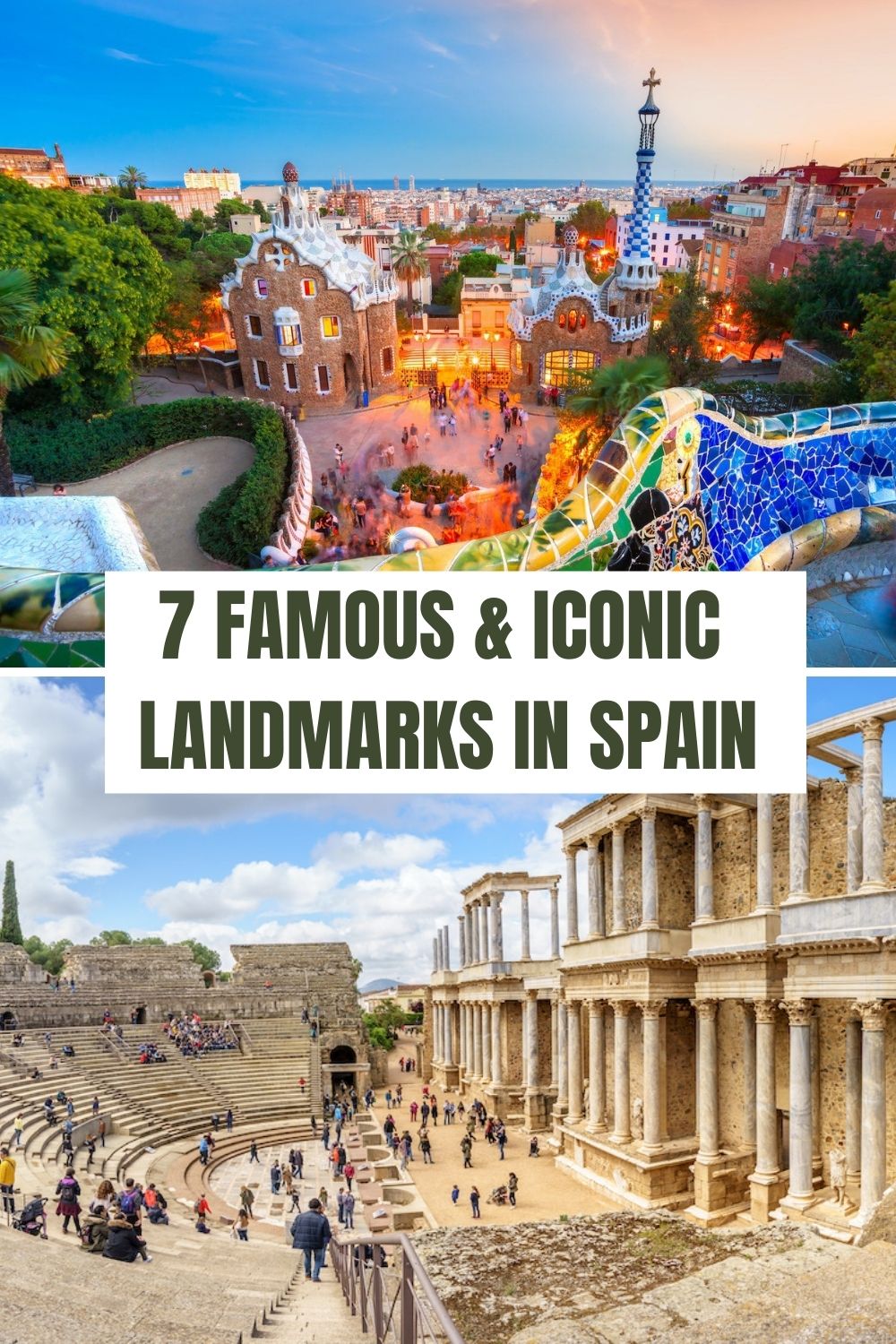

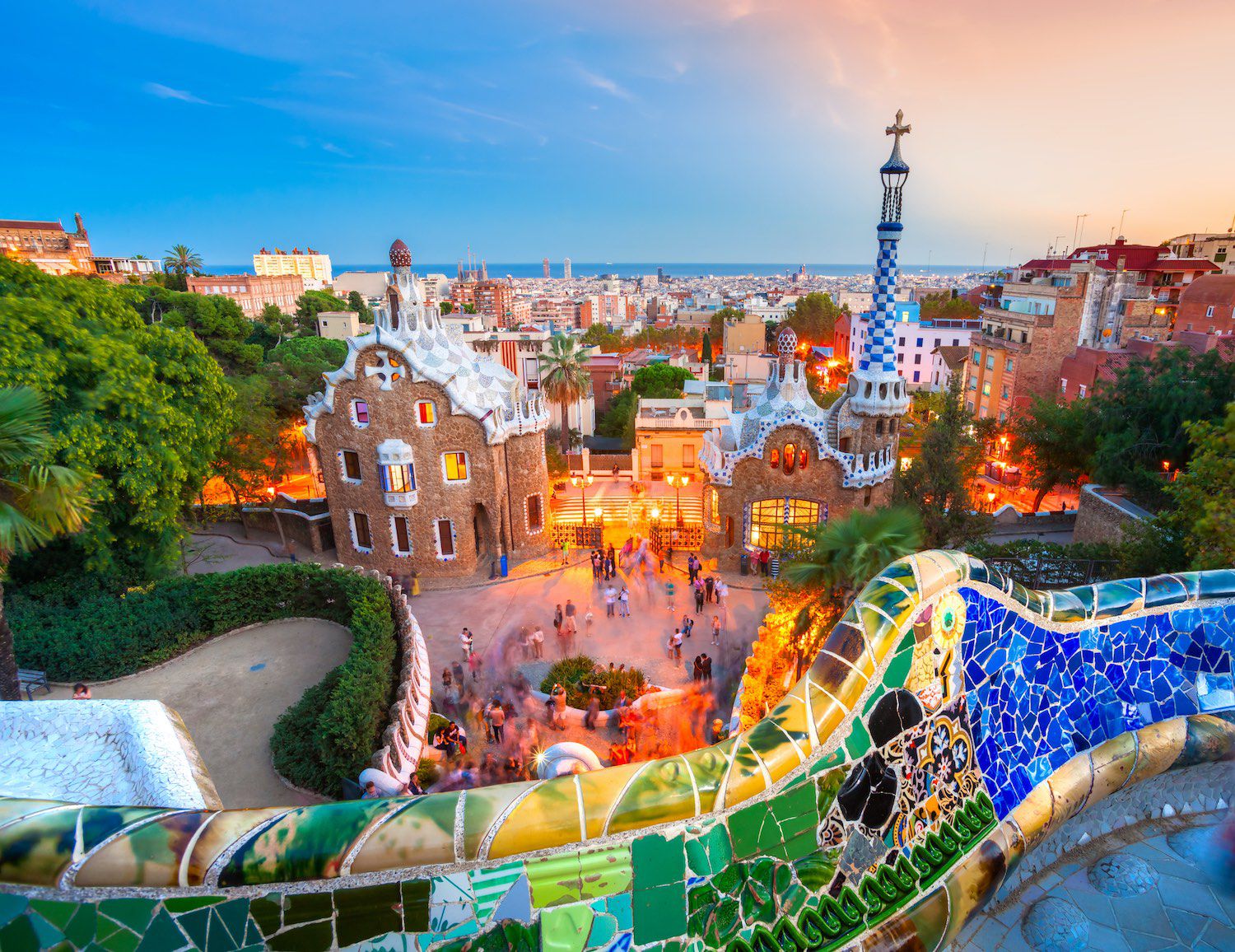
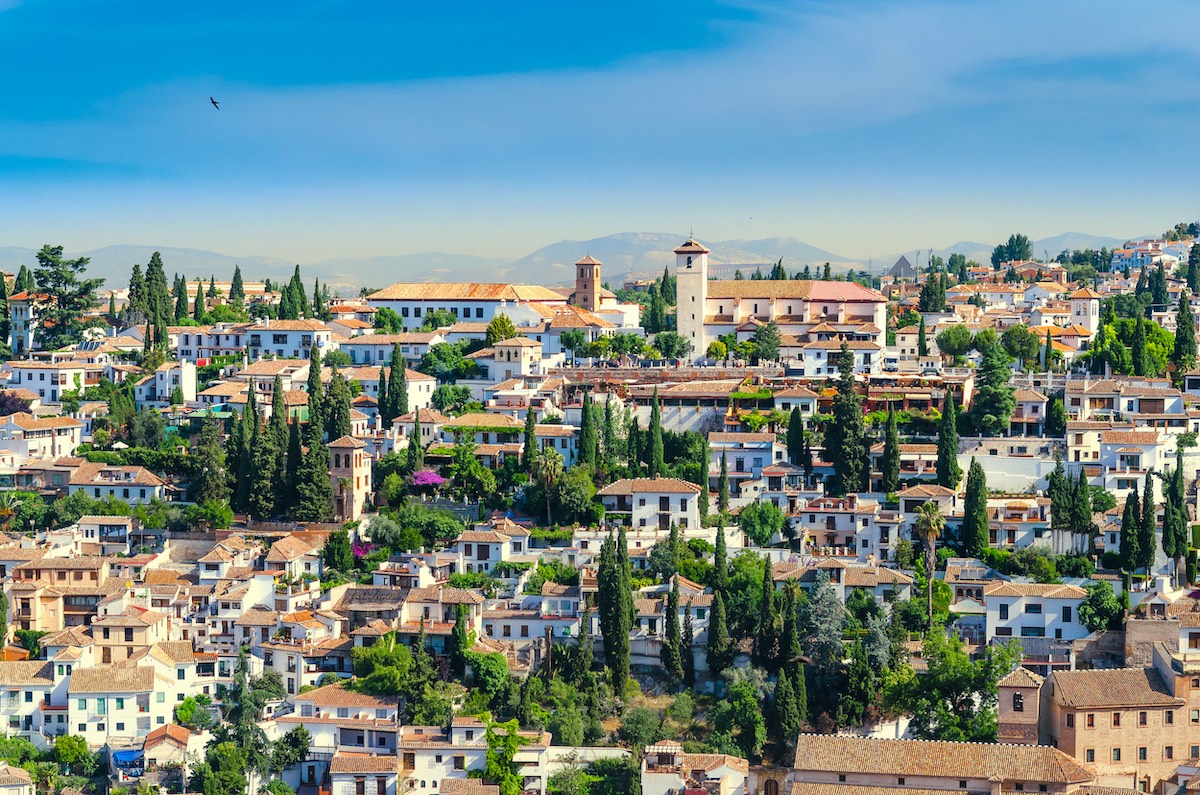
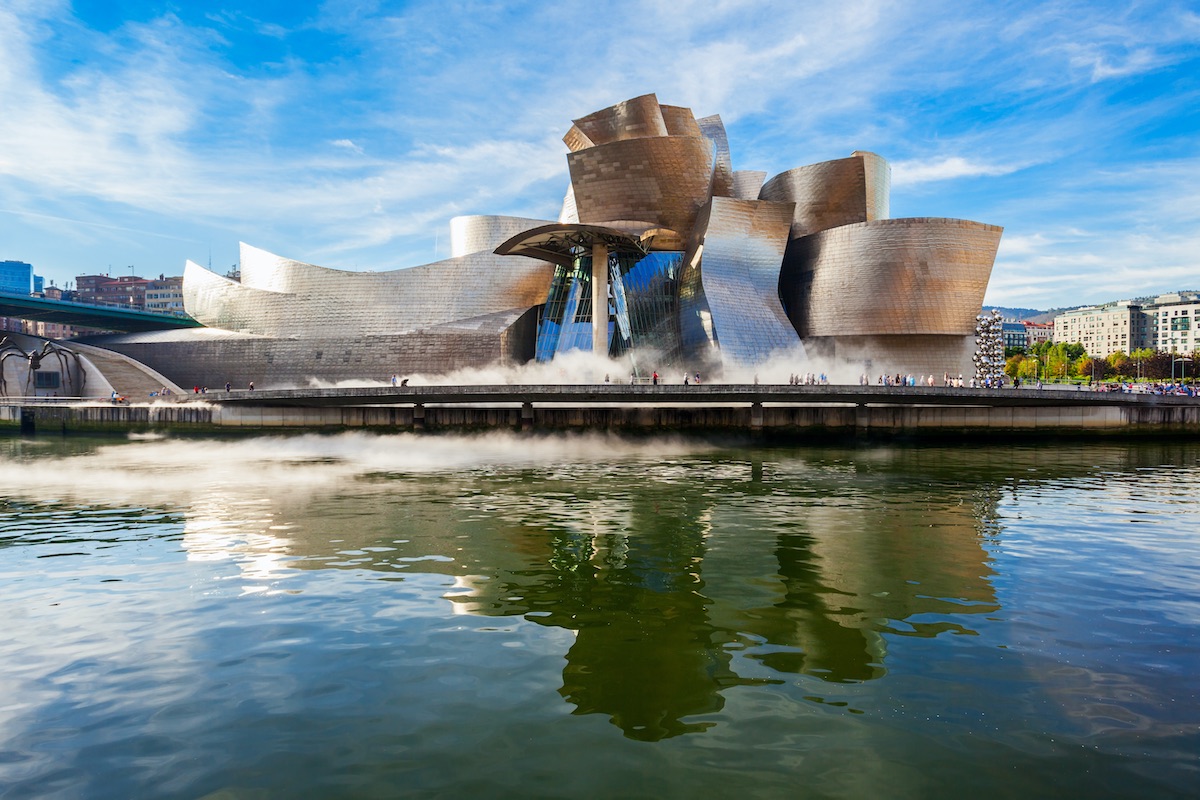

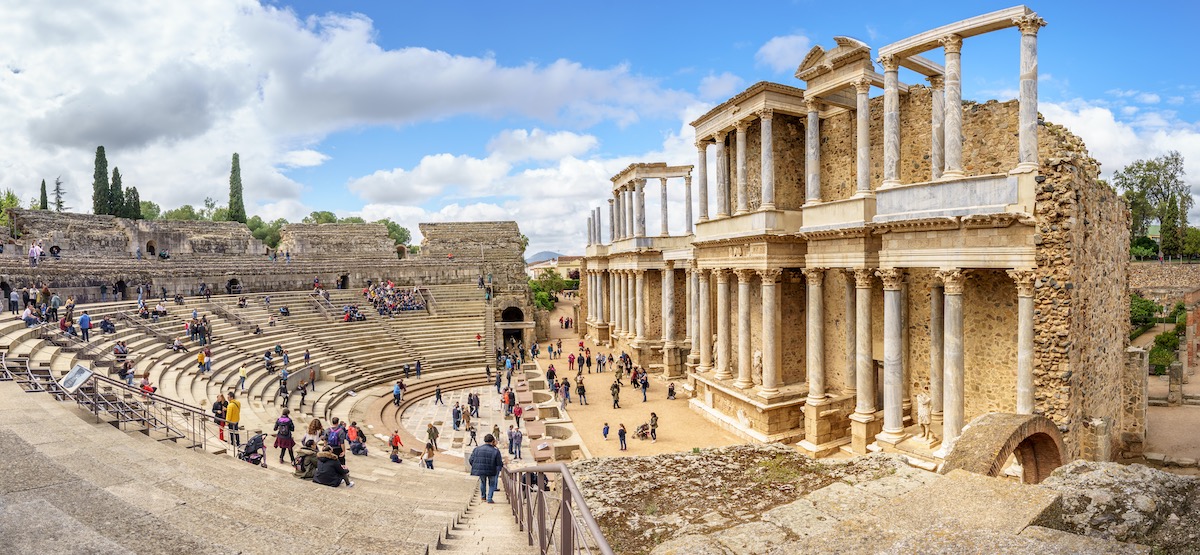



Great selection of Spanish landmarks! I absolutely love the Alhambra and the Sagrada Familia Basilica.
Alhambra is a place that caught my attention long back when I watched the popular K-drama memories of the Alhambra’. I found it so attractive.
hi
I love Spain! . I recommend the area of Asturias, where you can do incredible hiking on the Camino del Cares